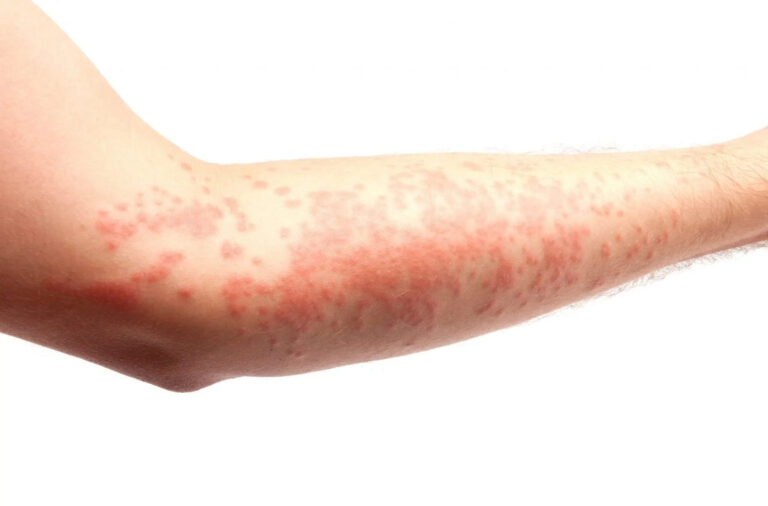Epilepsy and Modafinil: Safe Option or Seizure Risk?
Modafinil is best known as a medication that helps people stay awake if they have narcolepsy, shift work disorder, or obstructive sleep apnea. For people with epilepsy, though, the question is more complicated. Can a drug that stimulates alertness be safe for a brain prone to seizures? The answer depends on the context, the individual, and the available research.
What Is Modafinil and How Does It Work?
Modafinil is a wakefulness-promoting medication. It works mainly by blocking dopamine transporters, which increases dopamine levels in the brain. Unlike amphetamines, it does not directly stimulate dopamine receptors, making its effects and side effect profile different (Greenblatt & Adams, 2023).
Research also shows modafinil increases activity in other brain systems, including adrenergic, histaminergic, orexin, and glutamate pathways, while reducing gamma-aminobutyric acid (GABA) release (Greenblatt & Adams, 2023). These systems are all involved in seizure regulation.
Why the Concern About Seizure Risk?
Doctors have often been cautious about giving stimulants to people with epilepsy. Drugs that affect dopamine and norepinephrine can sometimes lower the brain’s seizure threshold. The question is whether modafinil belongs in that risky category.
What Animal Studies Show
Protective effects at certain doses
In mouse models of epilepsy, modafinil reduced seizure severity in both electroshock and chemically induced seizures at doses between 22.5 and 90 mg/kg. These effects were blocked by drugs that interfere with adrenergic alpha1 or histaminergic H1 receptors, showing those systems are key to its protective action (Chen et al., 2007).
Synergy with anti-seizure medications
In another study, modafinil and its main metabolites boosted the effectiveness of common anti-seizure medications such as carbamazepine, phenytoin, and valproate. Importantly, this was due to pharmacodynamic effects, not increased drug levels, which lowers concern about toxicity (Zolkowska et al., 2015).
What Human Studies Say
The largest human study comes from a 10-year review of 205 epilepsy patients treated with modafinil. Of these, only 6 stopped taking it because of seizure concerns, and 4 developed new seizures after starting the medication. Among 29 patients with epilepsy as their only diagnosis, none experienced a major worsening of seizures. There was no relationship between dose and seizure frequency (Artsy et al., 2012).
Taken together, these results suggest modafinil is usually well tolerated in epilepsy, though close monitoring is important.
What the FDA Says About Modafinil
According to the U.S. Food and Drug Administration (2015), seizures are not highlighted as a major risk in the prescribing information for Provigil (brand name for modafinil). The label does, however, list other important warnings, including:
- Serious skin reactions such as Stevens-Johnson syndrome.
- Psychiatric reactions like anxiety, mania, or hallucinations.
- Cardiovascular events in patients with heart problems.
- Drug interactions through cytochrome P450 enzymes, especially CYP3A4 (which modafinil induces) and CYP2C19 (which it inhibits).
These enzyme effects mean modafinil may lower levels of carbamazepine while raising levels of phenytoin or clobazam. Patients taking multiple anti-seizure medications should be monitored carefully.
When Might Modafinil Be Considered in Epilepsy?
Doctors may consider modafinil for epilepsy patients who experience:
- Fatigue or excessive daytime sleepiness caused by anti-seizure drugs.
- Sleep disorders such as sleep apnea or shift work disorder alongside epilepsy.
- Medication-related tiredness that lowers quality of life.
When to Use Caution or Avoid Modafinil
- Uncontrolled epilepsy or recent seizure clusters.
- Complex drug regimens involving multiple CYP-sensitive anti-seizure drugs.
- Lack of supervision by a neurologist familiar with drug interactions.
- History of severe psychiatric illness or serious skin reactions.
Final Verdict
Animal studies suggest modafinil can reduce seizures and enhance the effectiveness of traditional anti-seizure medications. Human studies show it is generally safe, with only a small number of patients experiencing new or worsened seizures. The FDA does not highlight seizures as a key concern but stresses other safety risks and drug interactions.
Conclusion: For people with epilepsy who suffer from significant fatigue or sleep disorders, modafinil may be a reasonable option if used under close medical supervision.
Frequently Asked Questions
Can modafinil trigger seizures?
In most cases, studies show modafinil does not increase seizure risk in epilepsy patients. Rare cases of new seizures have been reported, so monitoring is still necessary (Artsy et al., 2012).
Does modafinil interact with epilepsy medications?
Yes. It can lower levels of carbamazepine and raise levels of phenytoin and clobazam due to effects on liver enzymes (U.S. Food and Drug Administration, 2015).
Is modafinil approved for use in epilepsy?
No. Modafinil is approved for excessive sleepiness from narcolepsy, shift work disorder, and obstructive sleep apnea. Its use in epilepsy is considered off-label.
Should people with epilepsy take modafinil without medical supervision?
No. Anyone with epilepsy should use modafinil only under the guidance of a neurologist who can monitor seizure control and drug interactions.
References
- Artsy, E., McCarthy, D. C., Hurwitz, S., Pavlova, M. K., Dworetzky, B. A., & Lee, J. W. (2012). Use of modafinil in patients with epilepsy. Epilepsy & Behavior, 23(4), 405–408. https://doi.org/10.1016/j.yebeh.2012.02.011
- Chen, C. R., Qu, W. M., Qiu, M. H., Xu, X. H., Yao, M. H., Urade, Y., & Huang, Z. L. (2007). Modafinil exerts a dose-dependent antiepileptic effect mediated by adrenergic alpha1 and histaminergic H1 receptors in mice. Neuropharmacology, 53(4), 534–541. https://doi.org/10.1016/j.neuropharm.2007.06.017
- Greenblatt, K., & Adams, N. (2023). Modafinil. In StatPearls [Internet]. StatPearls Publishing. https://www.ncbi.nlm.nih.gov/books/NBK531476/
- U.S. Food and Drug Administration. (2015). PROVIGIL® (modafinil) tablets, for oral use, C-IV [Prescribing information]. U.S. Department of Health and Human Services. https://www.accessdata.fda.gov/drugsatfda_docs/label/2015/020717s037s038lbl.pdf
- Zolkowska, D., Andres-Mach, M., Prisinzano, T. E., Baumann, M. H., & Luszczki, J. J. (2015). Modafinil and its metabolites enhance the anticonvulsant action of classical antiepileptic drugs in the mouse maximal electroshock-induced seizure model. Psychopharmacology, 232(14), 2463–2479. https://doi.org/10.1007/s00213-015-3884-3








